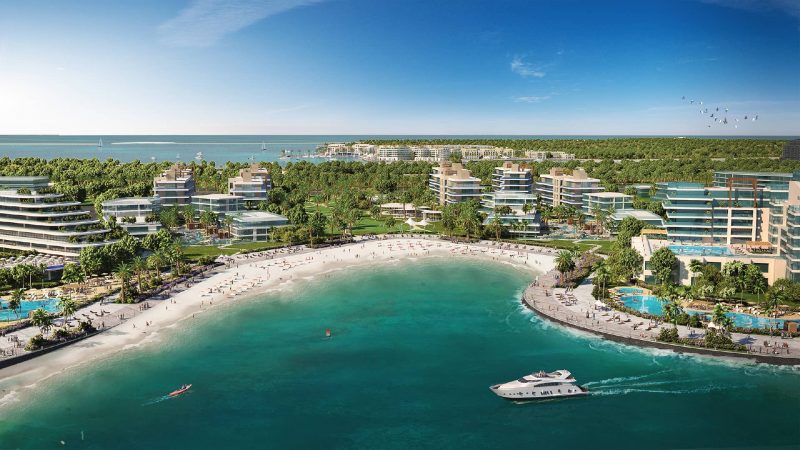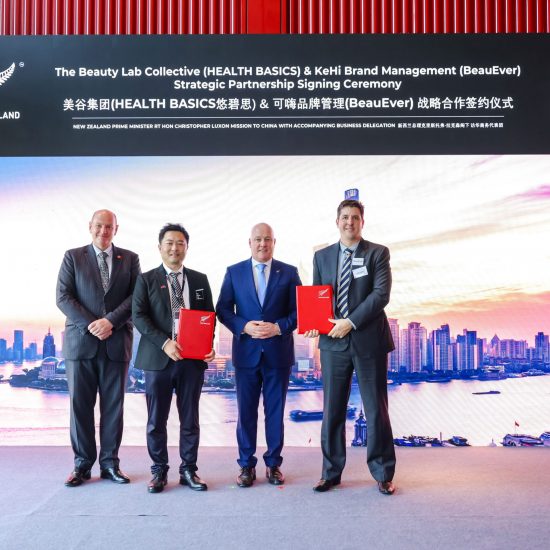
As Dubai continues to expand its real estate offering, a noticeable shift is underway in how residential developments are being conceptualized and delivered. Traditional high-rise towers, long considered the hallmark of urban prestige in Dubai, are increasingly being complemented — and in some cases, replaced — by boutique-scale, low-rise residential buildings designed for privacy, walkability, and long-term lifestyle value.
At the center of this movement is Dubai Islands, a multi-phase coastal development comprising five interconnected islands planned to accommodate over 38,000 residential units. While the scale of the masterplan is vast, the architectural language being adopted by many developers is intentionally restrained — a deliberate contrast to the city’s skyline-defining tower clusters.
According to Iurii Nemtcev — an internet marketer, SEO expert, and CEO of Big Lab Digital Agency, a firm specializing in the promotion of high-end real estate in Dubai — the change reflects deeper shifts in buyer expectations. “We’re seeing growing demand for livable density — places where people can enjoy space, quiet, and green surroundings without disconnecting from the urban experience,” he says. “In areas like Dubai Islands, the focus is moving toward quality of environment, not just the size or height of the building.”
A New Class of Projects
Among the projects leading this boutique-scale trend are Cotier House, Flora Isle, Esme Beach Residences, Wellington Ocean, Sunset Bay, Bay Grove Residences, Zephyra Residences, and other projects. These developments are designed with a clear intention to offer lower residential density, typically within mid-rise buildings of no more than 10 to 17 floors. Unit counts are kept deliberately low.
The concept behind these residences is not just about limiting vertical scale, but about shaping a lifestyle experience that combines coastal aesthetics with modern convenience. Rooftop terraces, shaded courtyards, co-working lounges, and yoga decks are now standard offerings in many of these buildings. The result is a hybrid model: resort-inspired design in an urban coastal context.
Nemtcev points out that the shift is also tied to a change in who is buying. “Many of today’s buyers are not investors looking to flip units in six months,” he explains. “They’re either long-term residents, remote professionals, or families from Europe, the GCC, or South Asia who want a home base in Dubai that offers both privacy and infrastructure.”
Why It’s Happening Now
This architectural and planning shift has several converging causes:
- Longer-term residents and end-users are replacing short-term investors in many parts of the city. These residents prioritize tranquility, neighborhood cohesion, and lifestyle accessibility.
- Remote and hybrid work models are enabling more people to live farther from central business zones, without compromising on quality of life.
- Dubai’s positioning as a global residency destination — particularly through visa reforms and long-term property-linked residency programs — is making lifestyle-driven purchases more common.
- Urban planning directives, including the Dubai 2040 Urban Master Plan, are encouraging sustainable development and mixed-use community living over vertical expansion.
In this context, boutique-scale developments are being viewed not only as residential options but also as long-term urban investments — for both residents and the city.
The Role of Dubai Islands
Dubai Islands plays a unique role in this evolution. While many areas in Dubai are retrofitting older planning models to suit today’s buyers, Dubai Islands offers developers a blank slate — a master-planned canvas where new concepts in design and density can be implemented from the start.
Situated just off the coast of Deira and connected to the mainland via the Infinity Bridge, the islands are being developed with a strong emphasis on pedestrian access, environmental sustainability, and a mixed-use program that blends residential, retail, hospitality, and leisure.
Each of the five islands has a distinct identity, with Island A focused on urban energy and Island B designed for wellness and resort-style living. It is on Island A that many of the boutique-scale developments are now taking shape, signaling a broader trend that could extend beyond Dubai Islands in the near future.
A Broader Regional and Global Shift
While Dubai has its own planning context and market dynamics, the move toward low-rise, lifestyle-first developments is not unique to the city. Similar patterns are evident in markets like Lisbon, Tel Aviv, and southern Spain, where buyers are moving toward properties that offer long-term liveability over speculative upside.
In the Gulf region, however, Dubai’s regulatory flexibility, speed of execution, and international branding give it a unique advantage. Developments like those on Dubai Islands may well set the tone for what premium residential life looks like in the next decade — less about status and more about sustainability, comfort, and location.
As Nemtcev puts it, “This trend won’t eliminate high-rises — those will always have their place in Dubai’s landscape. But it does create a much-needed alternative. One that aligns better with how people actually want to live.”
Looking Ahead
With construction progressing across Dubai Islands and more projects entering the market, the coming years may see boutique-scale living move from niche to norm. The challenge for developers will be to maintain quality, deliver community infrastructure, and avoid simply replicating high-rise logic in shorter buildings.
What’s clear is that the demand is real — and it’s growing. As Dubai continues to position itself as a global lifestyle and investment destination, the success of this new residential format may play a pivotal role in shaping the city’s next chapter.
Also published on Medium.



